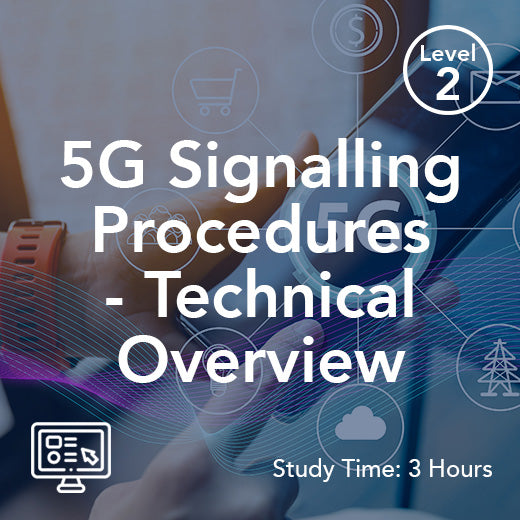Leaky Feeder
- , by Stephanie Burrell
- 2 min reading time
Leaky feeder systems have long been a critical component of communication infrastructure, particularly in the realm of telecommunications. Originating from the mining industry where it was first used to enhance underground communication, leaky feeder technology has since found extensive application in various sectors, including transportation, public safety, and more prominently, the telecommunications industry in the United Kingdom.
The term "leaky feeder" itself is quite descriptive of the technology. It refers to a coaxial cable that has small gaps or slots along its length, allowing radio frequency signals to leak out along the cable's entire length. This design enables the cable to act as an antenna, effectively extending the coverage area of the communication system it is a part of. In the context of telecommunications, leaky feeders are commonly used to provide wireless coverage in areas where traditional antennas may not be feasible or effective.
In the UK, leaky feeder systems have been widely adopted in various applications. One of the primary areas where leaky feeders are utilised is in underground environments such as mines, tunnels, and transportation systems. By deploying leaky feeder cables along these underground spaces, communication networks can be established to ensure seamless connectivity for workers, passengers, and emergency services.
Moreover, the resilience and reliability of leaky feeder systems make them ideal for critical communications. In scenarios where traditional wireless communication may be prone to interference or signal degradation, leaky feeders offer a robust solution by providing consistent coverage throughout the designated area. This is particularly crucial in emergency situations where reliable communication can be a matter of life and death.
The versatility of leaky feeder technology is another key factor driving its widespread adoption in the UK. Beyond underground environments, leaky feeders can also be deployed in buildings, stadiums, and other structures where maintaining wireless connectivity poses a challenge. By strategically installing leaky feeder cables, network operators can ensure comprehensive coverage without the need for complex infrastructure or multiple access points.
In addition to their technical capabilities, leaky feeder systems also offer cost-effective solutions for extending wireless coverage. Compared to traditional antenna systems that require multiple installations and extensive cabling, leaky feeders can provide seamless coverage with minimal equipment and infrastructure. This makes them an attractive option for organisations looking to enhance their communication networks without incurring significant costs.
From a regulatory standpoint, the use of leaky feeder systems in the UK is governed by industry standards and guidelines to ensure optimal performance and safety. Compliance with these regulations is essential to guarantee the reliability and effectiveness of leaky feeder installations, especially in critical applications where uninterrupted communication is paramount.
In conclusion, leaky feeder technology represents a cornerstone of modern telecommunications infrastructure in the UK. Its ability to provide reliable, resilient, and cost-effective wireless coverage makes it a valuable asset for a wide range of applications, from underground mines to bustling city centres. As the demand for seamless connectivity continues to grow, leaky feeders are poised to play an increasingly vital role in shaping the future of communication networks across the country.

































